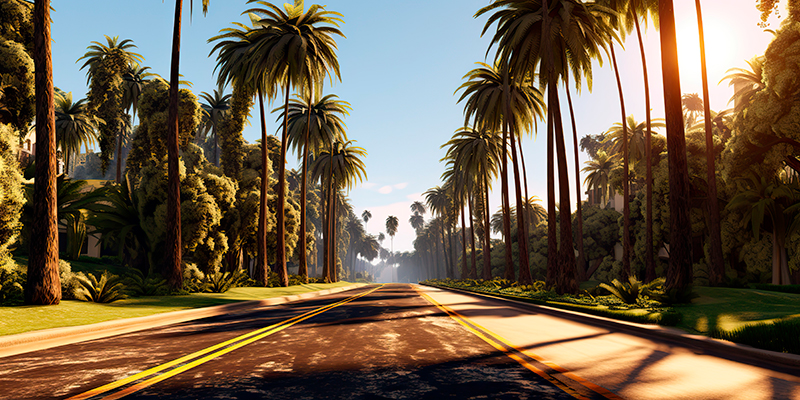Investigation of the suitability of 3D Gaussian splatting for generating static environments for photorealistic real-time simulations
- Subject:Fotorealistische Echtzeitsimulation; Validierung & Verifikation; Hochautomatisiertes Fahren
- Type:Masterarbeit
- Date:ab 08 / 2024
- Tutor:
- Zusatzfeld:
Abschlussarbeit am FZI.
Investigation of the suitability of 3D Gaussian splatting for generating static environments for photorealistic real-time simulations
Context
The ongoing development of highly automated driving functions requires innovative approaches to simulation and validation. Photorealistic real-time simulations make it possible to reproduce the traffic environment in detail and to test the interaction between automated vehicles and their environment under different conditions. This is where the 3D Gaussian splatting approach from the field of radiance field methods offers a new perspective. With the ability to provide high-quality rendering in real time, this approach is a promising way to bring the real world into a simulation environment. Using this method to generate static environments has the potential to significantly accelerate and improve the development and testing of highly automated driving functions. In particular, the testing of AI-based or camera-based driving functions can benefit from this method.
Goals
- Generation of static environments using 3D Gaussian splatting.
- Investigate the challenges of rendering dynamic objects.
- Development of filtering methods for dynamic objects.
- To compare the quality, especially in terms of photorealism, with existing assets from game engines. Suitable measures are to be developed for this purpose.
- Investigation of the scalability of 3D Gaussian splatting in relation to the size of the data sets or models.
Prerequisites
- Basic knowledge of computer graphics and rendering.
- Knowledge of Blender and Unreal Engine 5 is an advantage
- Programming skills, preferably in Python or C++.
- Willingness to familiarize yourself with advanced rendering techniques.
- Ability to work and think independently


